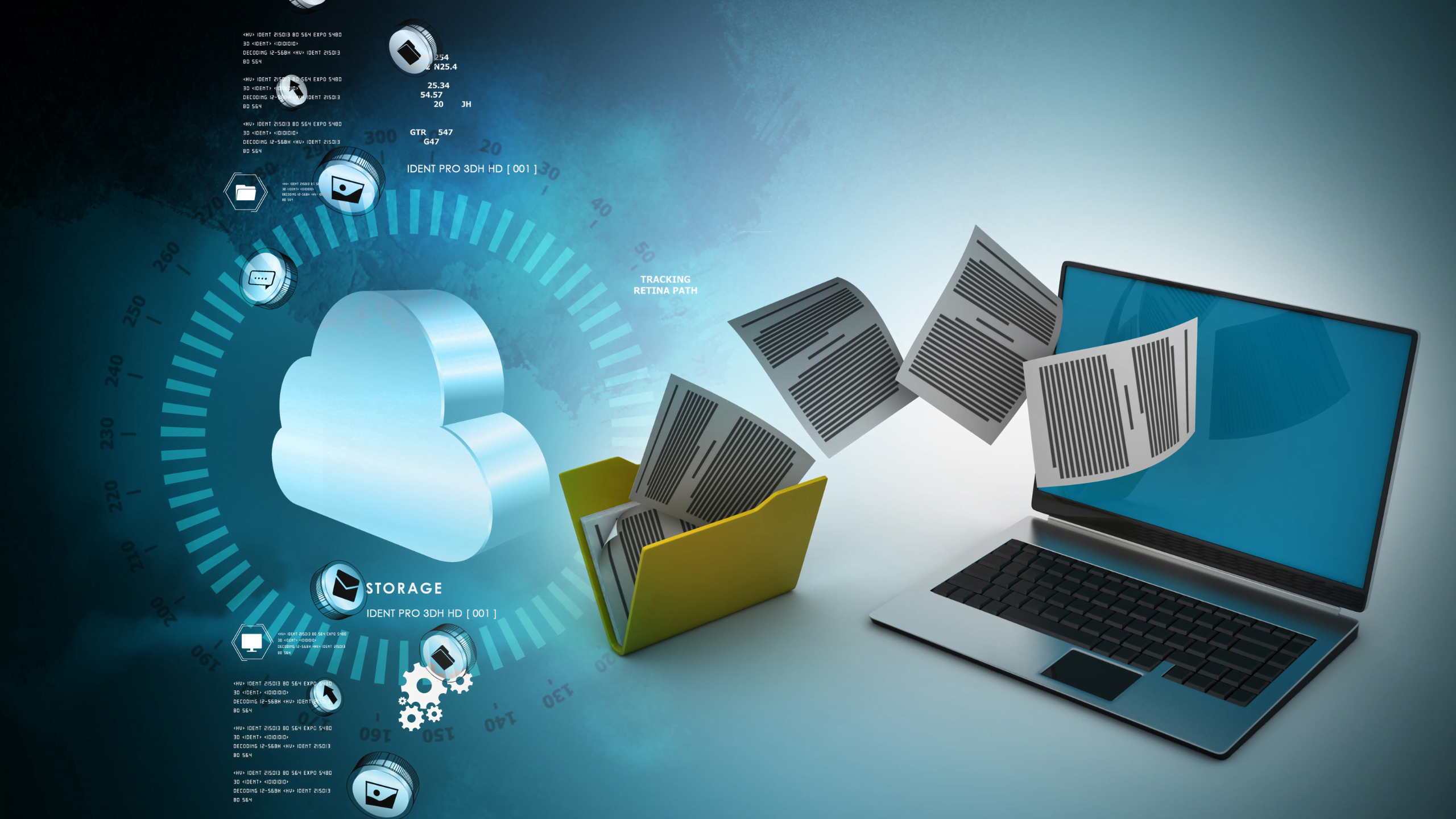MACH architecture is a new approach to building software applications that emphasizes modularity, agility, and scalability.
In this article, we’ll explore what MACH architecture is and its benefits.
What is MACH architecture?
MACH architecture is an approach to building software applications that combine microservices, API-first design, cloud-native deployment, and headless content management. (MACH is an acronym for Microservices, API-first, Cloud-native, and Headless.) Moreover, this approach allows for greater flexibility, scalability, and agility in building and deploying software applications.
Microservices: Microservices are small, independent services that work together to form a larger software application. Each microservice is responsible for a specific function or feature and can be developed, deployed, and scaled independently.
API-first: In an API-first approach, the application’s functionality is exposed through a set of APIs that can be accessed by other applications or services. This allows for greater flexibility in integrating different services and platforms.
Cloud-native: Cloud-native applications are built to run in the cloud and take advantage of the scalability, availability, and cost benefits of cloud computing. Cloud-native applications are also designed to be highly resilient and fault-tolerant.
Headless: A headless architecture separates the content management system from the presentation layer, allowing for greater flexibility in delivering content across multiple channels and devices.
What are the benefits?
- Modularity: MACH architecture allows for greater modularity in building software applications. In addition, each microservice can be developed and deployed independently, allowing for greater flexibility in adapting to changing business needs.
- Agility: MACH architecture allows for greater agility in building and deploying software applications. Furthermore, the use of microservices and API-first design allows for greater flexibility in integrating different services and platforms.
- Scalability: MACH architecture is designed to be highly scalable and resilient. Cloud-native deployment allows for automatic scaling and load balancing, while microservices allow for scaling of individual services as needed.
- Flexibility: MACH architecture allows for greater flexibility in delivering content across multiple channels and devices. Additionally, headless content management separates the content from the presentation layer, allowing for greater flexibility in delivering content across different channels and devices.
- Cost-effectiveness: MACH architecture is designed to be cost-effective, with cloud-native deployment allowing for greater efficiency and cost savings.
The PIM and MACH alliance is an exciting development in the world of e-commerce and digital marketing. As businesses increasingly focus on providing seamless omnichannel experiences to their customers, the need for a scalable and flexible technology stack has become more pressing.
The PIM and MACH alliance aims to bring together the best of both worlds by combining PIM’s strengths in managing product information with MACH’s agility and cloud-native architecture. In addition, by leveraging the power of APIs and microservices, businesses can create a modular and highly customizable architecture that can adapt to changing market demands. As a result, businesses can enhance their digital capabilities, improve customer experiences, and accelerate their time to market.
Questions? Schedule a free call with a PIM specialist
Find out how we can help you with any Product Information Management issue.
Schedule a free call

